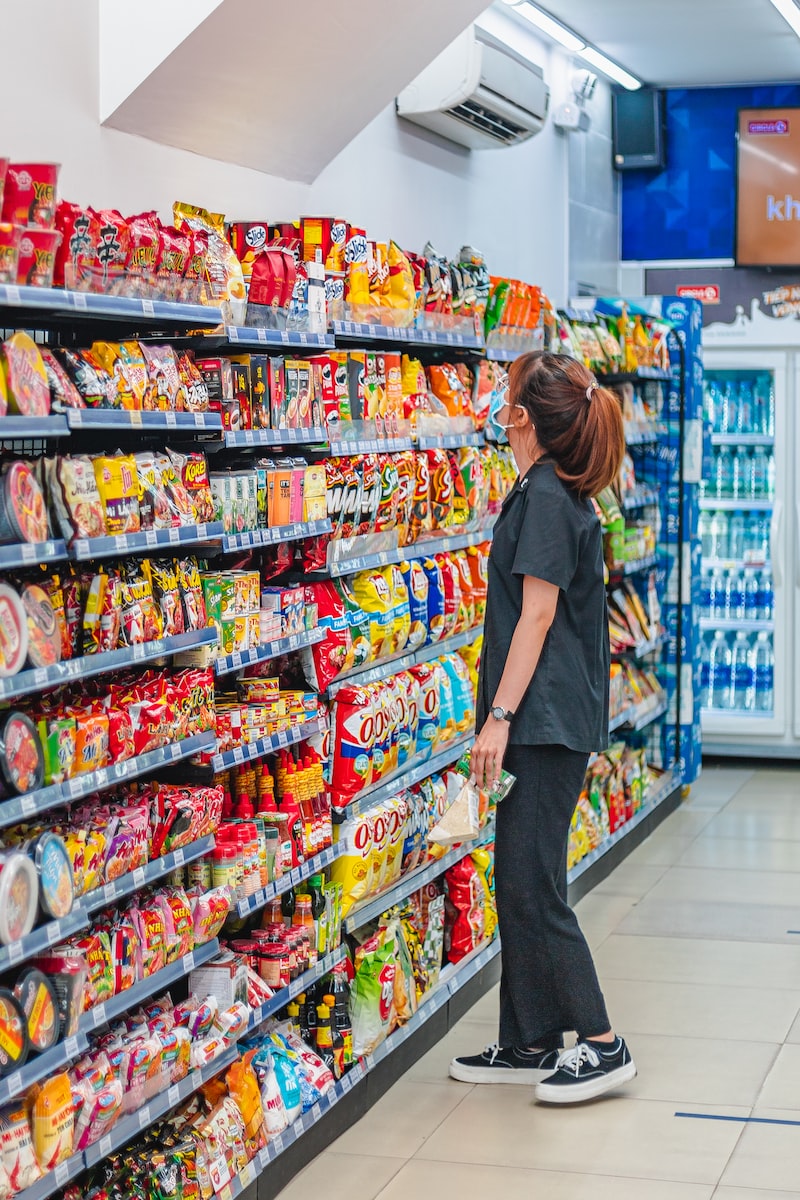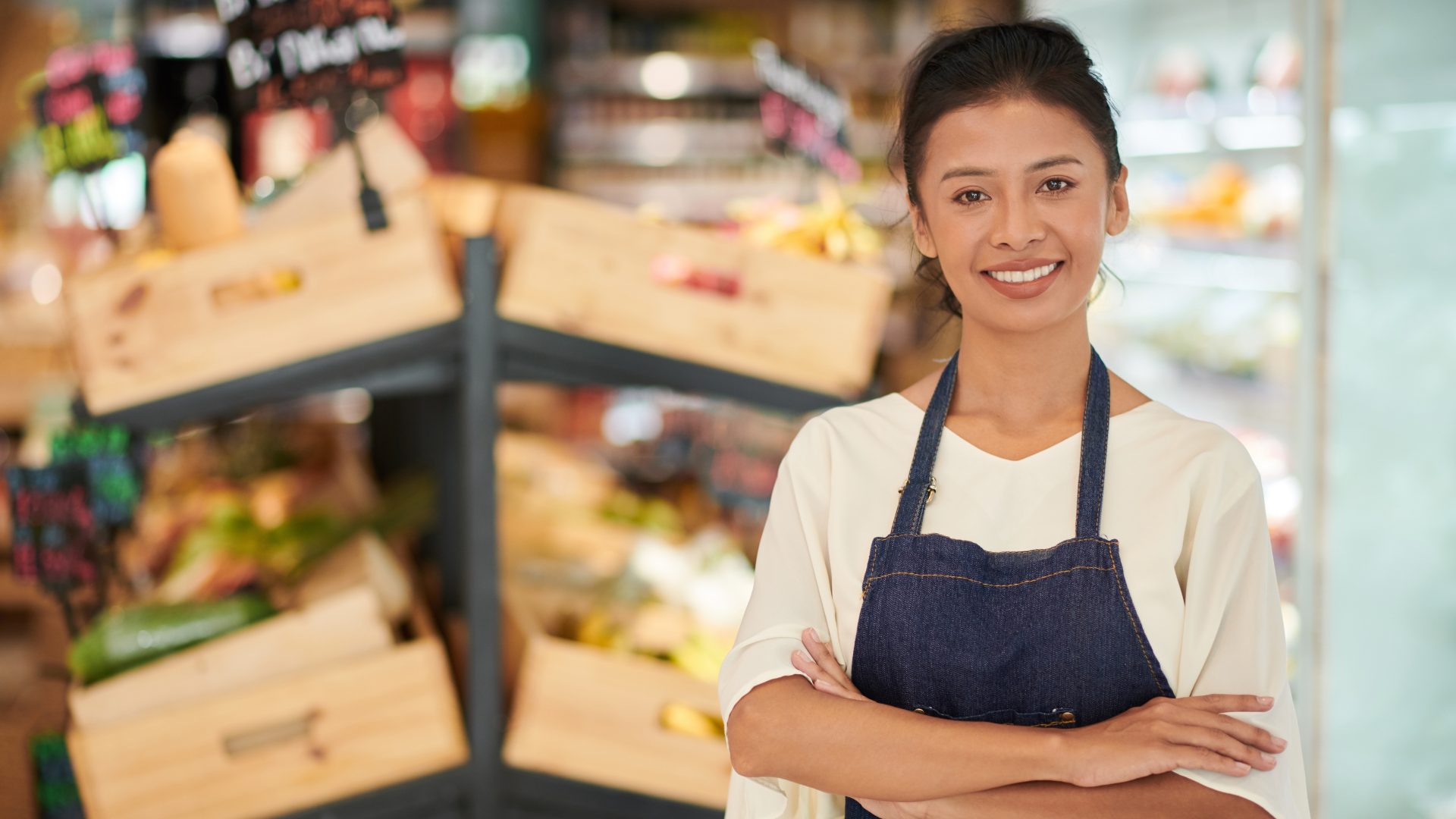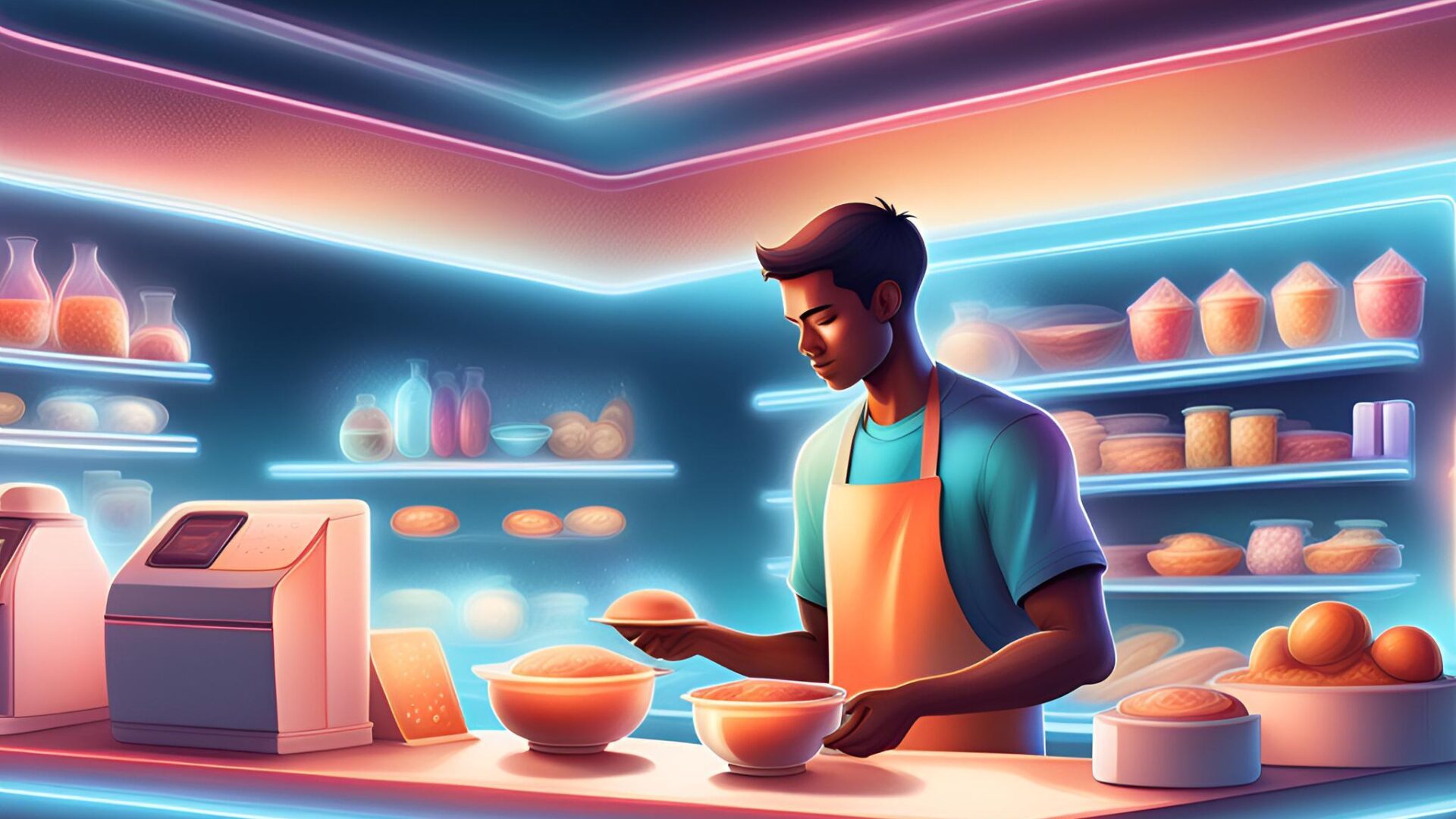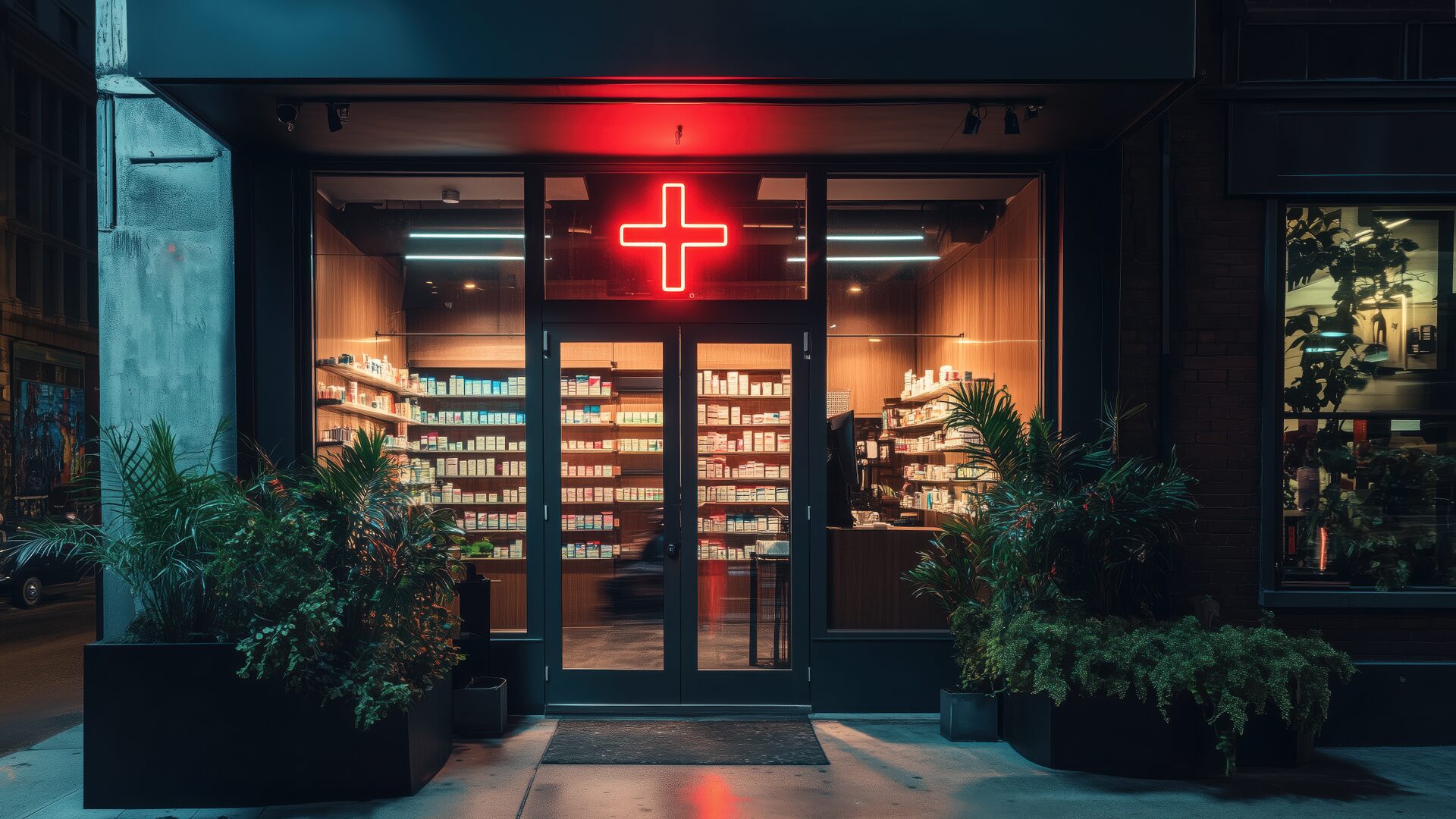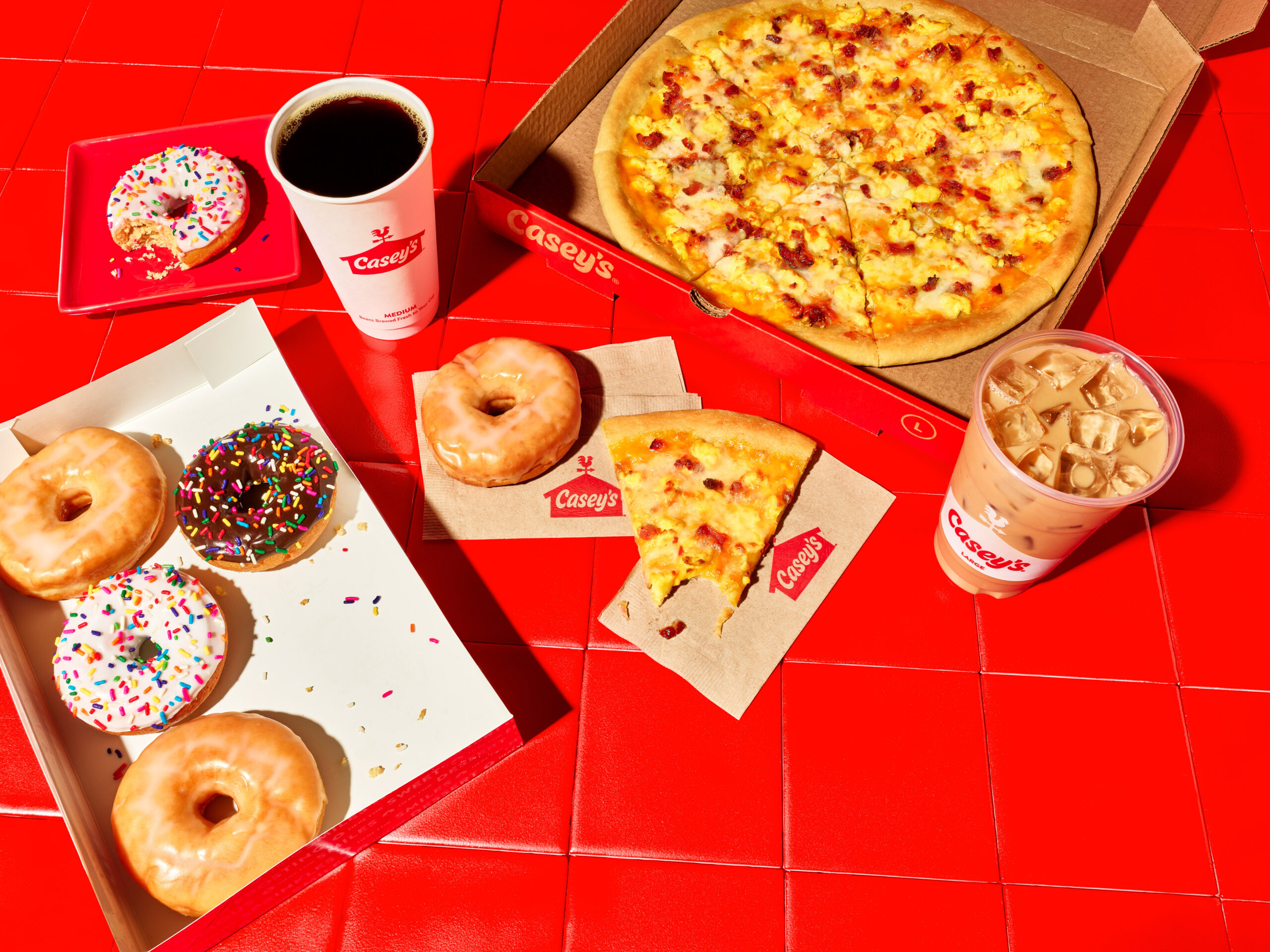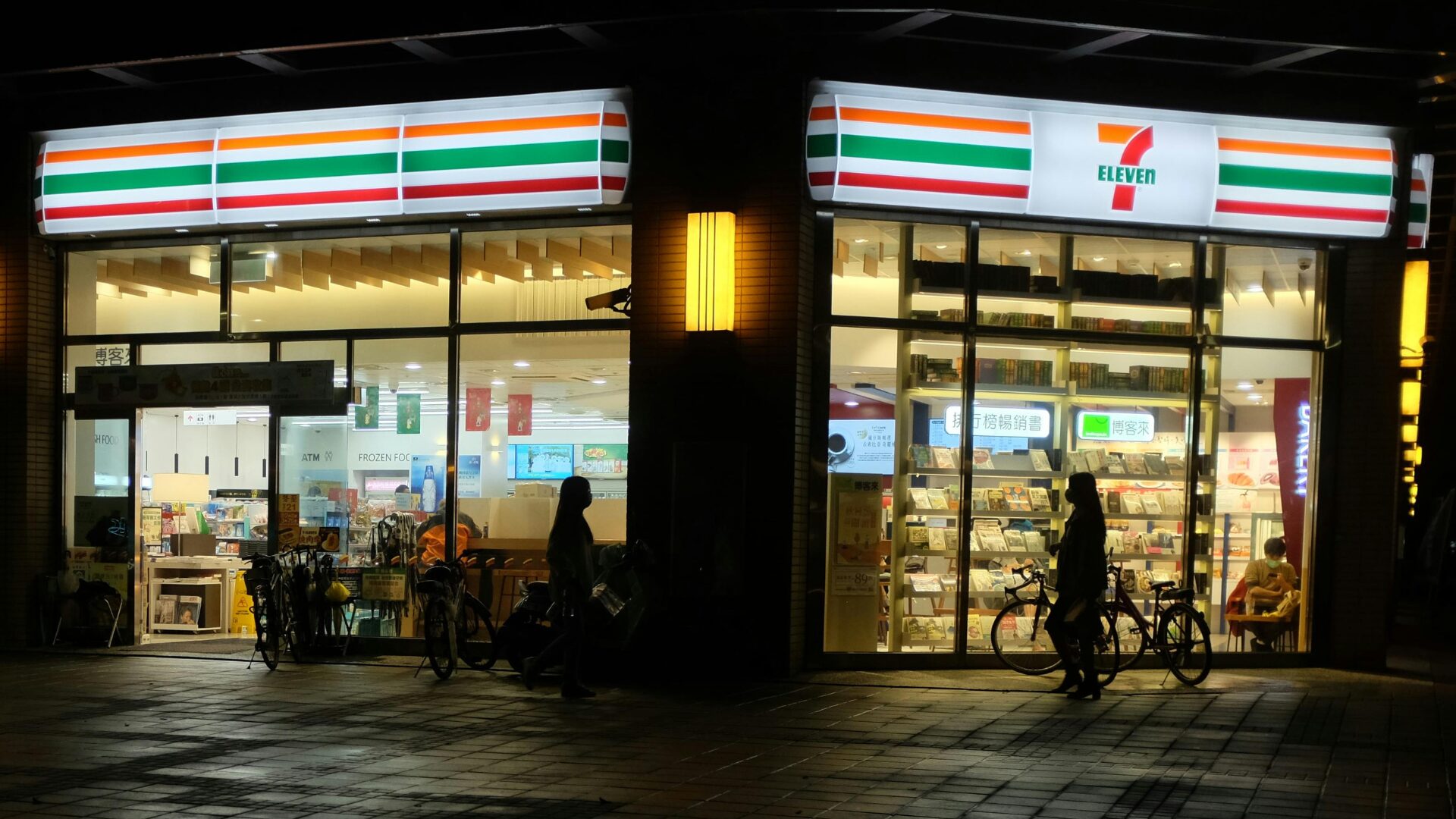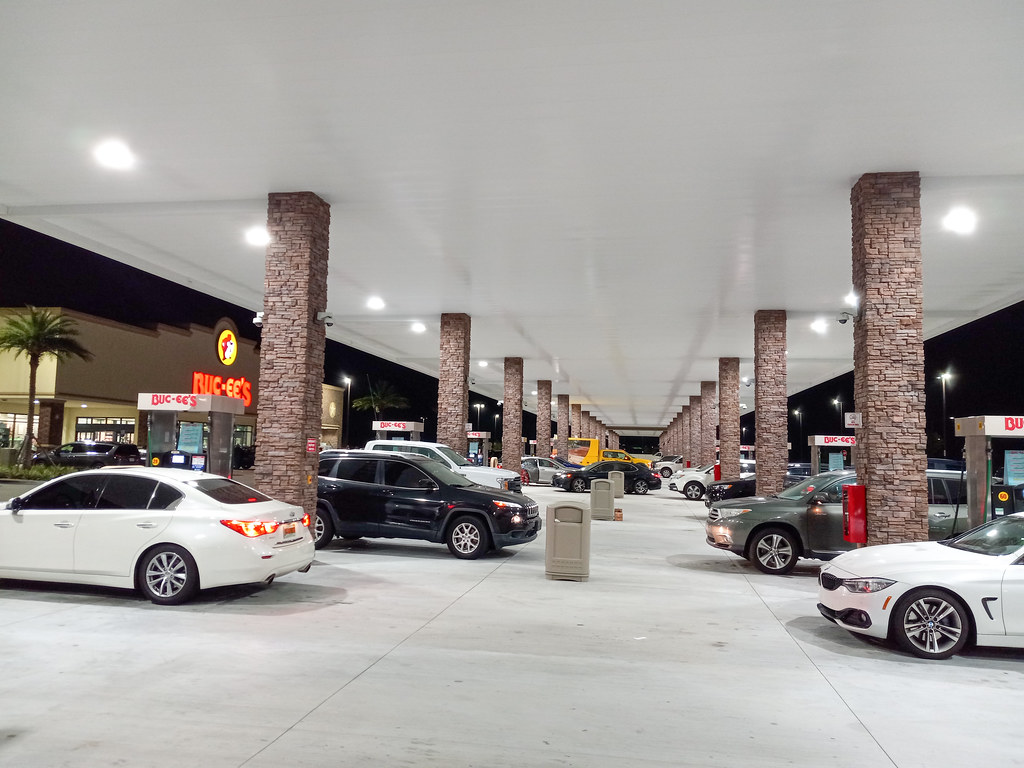With shopping behavior evolving, convenience stores, or c-stores, must evolve to provide experiential store journeys rather than serve as just quick, grab-and-go retailers.
And with higher gas prices, c-stores must adapt to offer even more attractive options to lure customers, including services like coffee shops or taco offerings.
According to Michael Jaszczyk, CEO of GK Americas, c-store retailers can start innovating and revamping their retail environments by implementing new technologies, including:
Mobile order and pay ahead: Mobile devices help retailers increase the speed and flexibility in which orders are processed, providing benefits such as contactless payments and reduced lines.
“Since consumers are already using their devices for preordering and payments, convenience retailers can further drive loyalty by reaching these shoppers directly on their phones,” Jaszczyk told The Food Institute.
Personalized promotions: Customers are looking for a personalized experience in 2022, so it’s helpful for retailers to target promotions and recommend relevant products tailored to the individual consumer, based off their order history. That, of course, offers c-stores the opportunity to upsell and, on many occasions, build brand loyalty, Jaszczyk said, adding that it’s important to offer loyalty programs at as many touchpoints as possible to create a personalized c-store experience.
For example, he noted that a retailer may implement a rewards-based loyalty program that offers the purchase of a ninth breakfast sandwich for free. Then, thanks to the loyalty program, retailers can access data with insights on shopper behaviors.
“It’s not only essential to personalize a customer experience with targeted promotions and a relevant, recommended product assortment,” Jaszczyk said, “but it’s also beneficial to use aggregated customer insights to tailor these offers. Let’s say most consumers shop between 4-7 p.m.; At this time, consumers are more likely to be filling up on fuel or alcoholic beverages, rather than a morning commuter looking for coffee – and retailers can adjust their offers accordingly.”
Dynamic pricing: With consumers becoming increasingly price-sensitive amid inflation, some stores are offering dynamic pricing to establish optimized prices quickly and effectively.
Jaszczyk feels two types of products lend themselves best to dynamic pricing: products that change in value (like perishable items), and products that come from different price lines (refrigerators, for example, that come in three different models).
“In general, every product is fit for dynamic pricing,” Jaszczyk said, “as long as retailers are adjusting prices based on the competition and avoiding the ‘markdown spiral.’ The goal is to find a price point that’s competitive but also still generates a good margin.”


